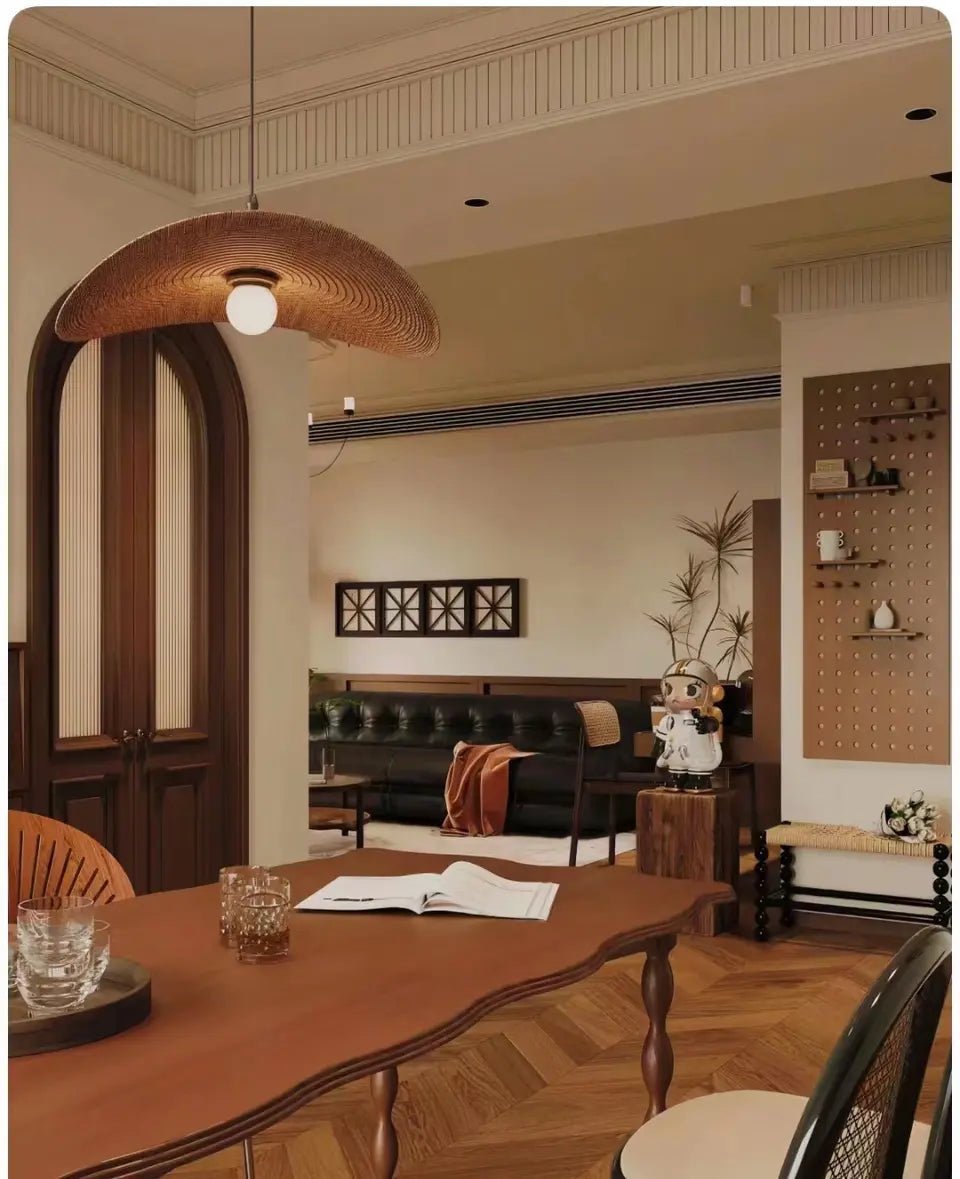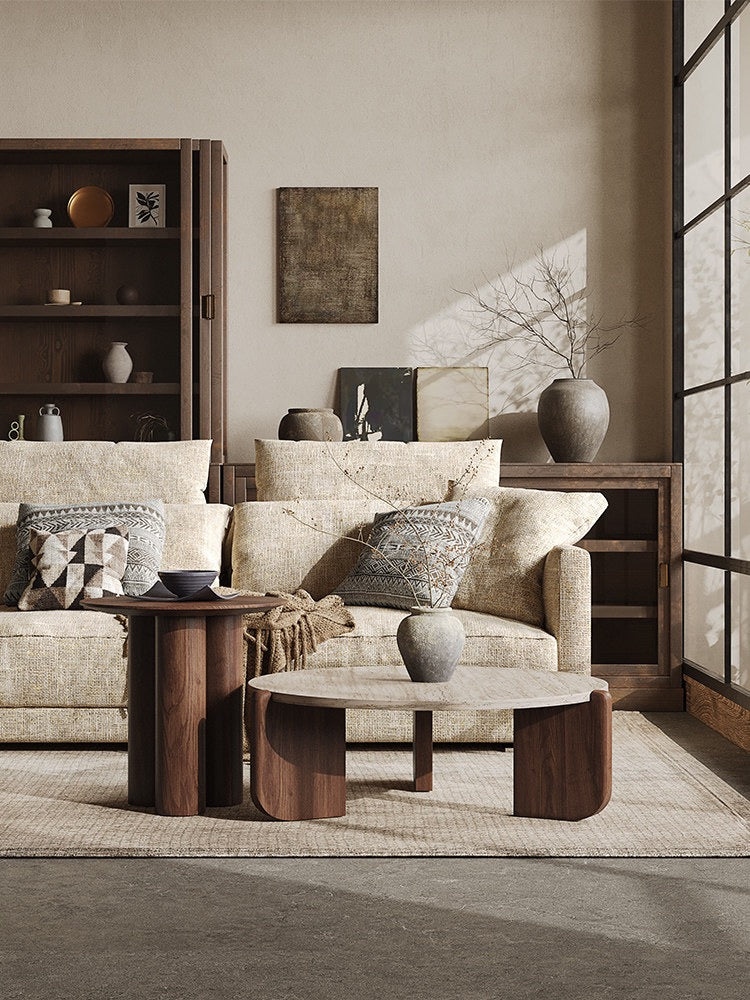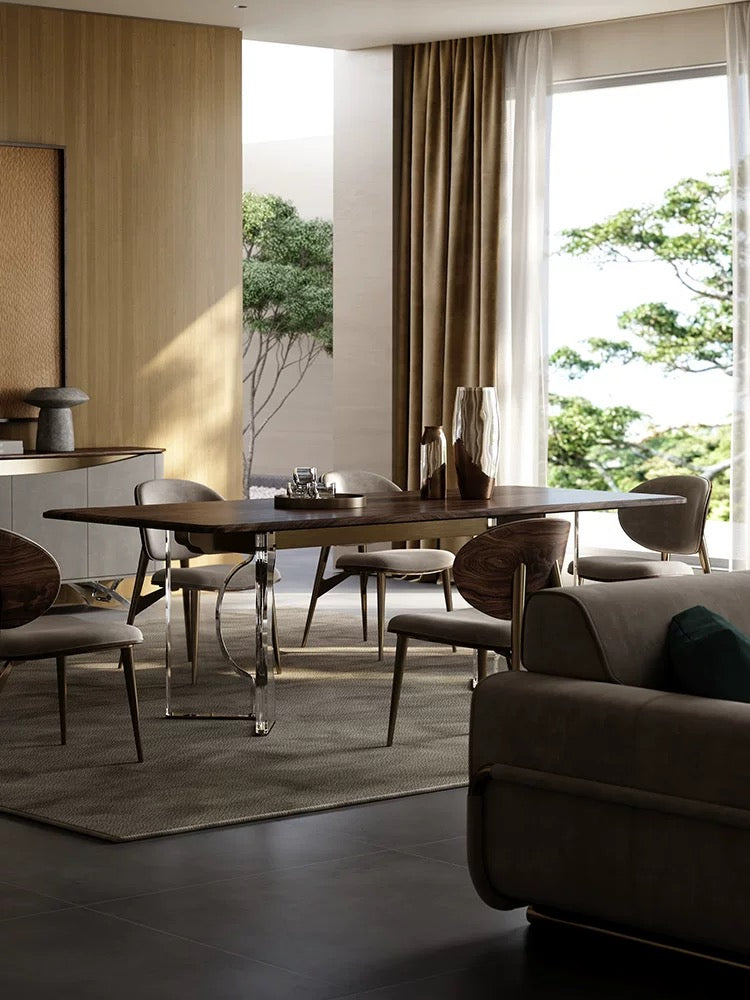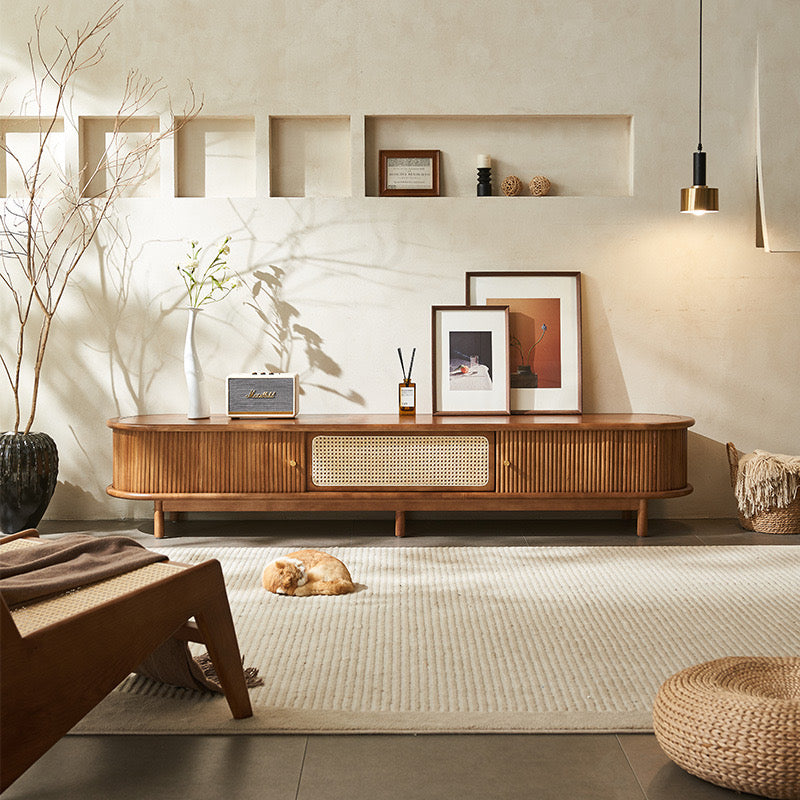
Stop treating your plants like trash! (A Practical Guide to Creating a Beautiful, Thoughtful Indoor Green Corner)
, by Magico Home, 4 min reading time

, by Magico Home, 4 min reading time
Most first-time visitors to the Netherlands stop at Amsterdam, Rotterdam, or The Hague. They visit the floating flower markets, take photos, and think they’ve seen the heart of Dutch gardening. But true enthusiasts know better.
Drive an hour east of Amsterdam, into Gelderland, and you’ll find the tiny village of Hummelo—home to landscape designer Piet Oudolf, the visionary behind New York’s High Line gardens.
Friends who’ve visited his legendary garden always come back full of ambition, ready to recreate that magic at home. Yet soon enough, they message me with frustration:
“Why does my garden—or balcony, or living room—never look that alive?”
The answer lies not in luck, but in understanding. Gardening isn’t just about watering plants; it’s about composition, structure, and rhythm. Most guides are too academic to be useful, so let’s strip things back to simple, actionable principles for everyday plant lovers.

Principle 1: Think Whole, Not Pieces
Most beginners start from emotion, not from concept. They buy plants the way people shop for clothes:
Saw an olive tree on a Mediterranean trip? Buy one.
Fell in love with lavender after watching a Korean drama? Add to cart.
Browsed online and couldn’t resist a tray of succulents? Why not.
It’s the same as falling for every pretty dress you see, without thinking about how it fits your wardrobe. Each piece may be lovely—but together, they don’t make an outfit.
In gardening, professionals always think in wholes. They don’t just see one plant; they see how it interacts with everything else—light, color, texture, and height.
Ask yourself:
“What do I want this garden—or balcony, or corner—to feel like as a whole?”
Here’s where to start:
• Height & Layering
Swap scattered pots for larger planters. Create levels: taller climbing plants in the back (like cherry tomatoes trained on bamboo), leafy greens in the middle (like basil), and low herbs or edible flowers up front (like thyme or calendula). From every angle—standing or sitting—you’ll see natural variation and color rhythm.
• Focus & Balance
If everything is “special,” nothing stands out. Combine plants to create visual hierarchy—a main focal point surrounded by supporting layers. Even from afar, the large pot or trellis should anchor your view.
• Evergreen vs. Deciduous
Try a 70/30 balance—70% evergreen, 30% deciduous. Most beginners avoid deciduous plants, but their autumn colors and winter silhouettes bring seasonal poetry. A red-leaved nandina next to bare twigs can be quietly stunning.

In short: a plant is not a standalone object—it’s a note in a composition.
Principle 2: Structure Is Everything
Color fades, flowers fall, but structure is what keeps a garden beautiful year-round.
To test if a plant has strong structure, ask yourself:
Can I describe or sketch its shape in one sentence?
If yes, it has character—like cycads, bird-of-paradise, banana plants, fiddle-leaf figs, or most succulents.
If it’s shapeless and fuzzy, it lacks structure—think thyme, lavender, or unpruned roses.
You can also give structure to shapeless plants:
Pruning: Shape the silhouette, but commit to maintaining it.
Supports: Use trellises or frames to turn climbers into spatial features.
Your garden should be at least 30% structural plants, to stay visually interesting outside the flowering season—because most of the year isn’t spring.
A simple test: take a photo of your garden and convert it to black and white.
If it still looks balanced and appealing, your structure works.
If it turns messy and flat—it doesn’t.

Principle 3: Respect Time
Gardening, like love, is a long-term relationship. It needs money, patience, and heart.
Sure, you can buy a temporary display like a fashion runway set—but real gardens evolve. Their beauty lies in change.
When you nurture plants over seasons, you begin to appreciate:
The clean minimalism of winter,
The fresh promise of spring,
The lush fullness of summer,
The quiet aging of autumn.
Through this rhythm, your garden becomes part of your story—something that grows with you, not just for you.
Principle 4: Express Yourself
This may sound abstract, but it’s vital. Your plant corner should look like you.
Before you start, ask honestly:
How much time and energy can I give?
What kind of feeling do I want when I walk into this space?
Don’t copy Pinterest or magazines blindly. Draw from your lifestyle, your memories, your habits.
A musician’s garden, a chef’s balcony, and an architect’s living room—all express different souls. Your garden should too. When someone visits, they shouldn’t just say, “Oh, this is beautiful,” but rather, “This feels like you.”

Final Thought
Good gardening isn’t about how many plants you own. It’s about how well they coexist—how they tell a story together.
At Magico, we believe your home’s green corner shouldn’t be a collection of random pots, but a living reflection of you. Think in wholes, build with structure, give it time, and fill it with your own spirit—only then will it truly come alive.



